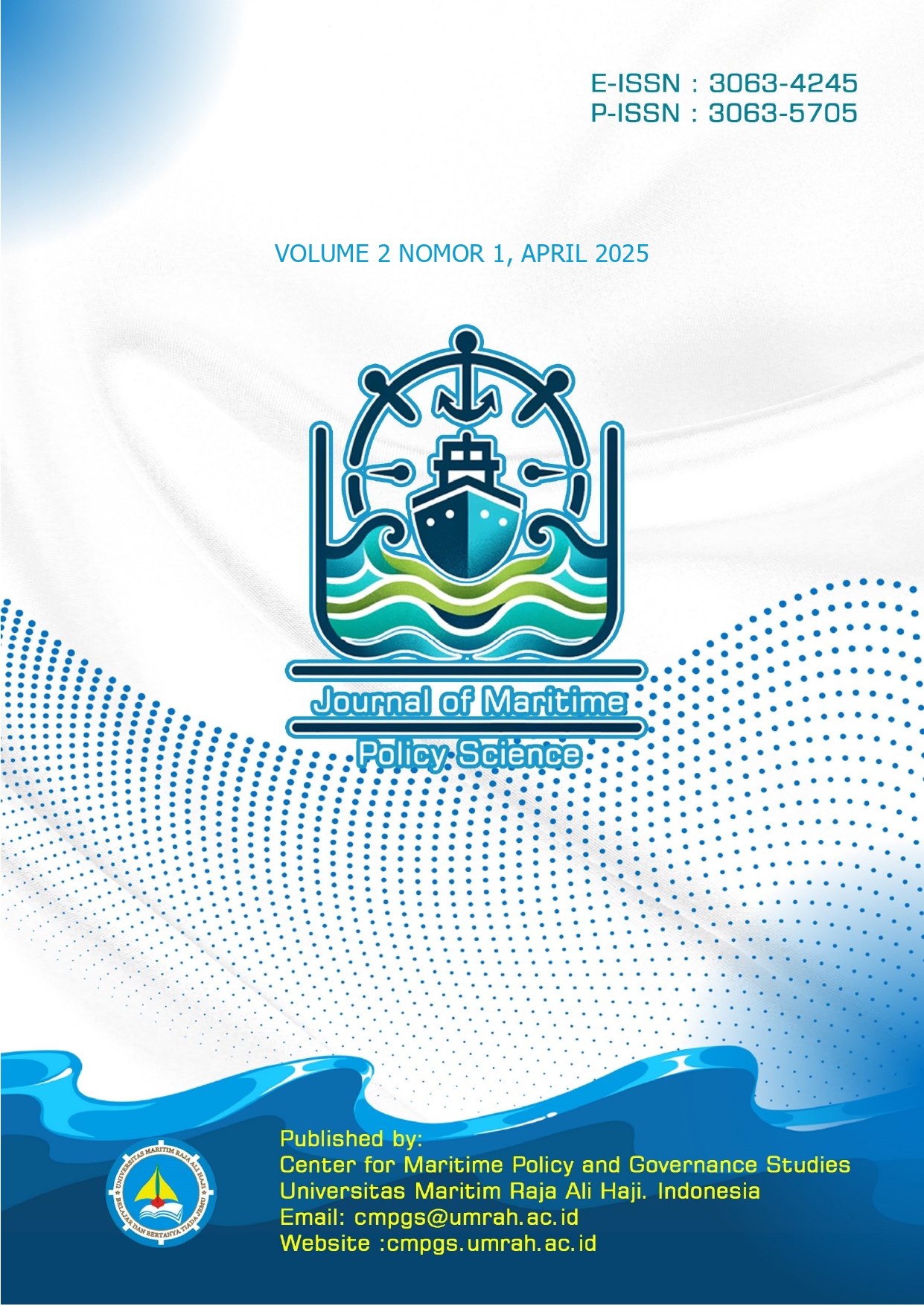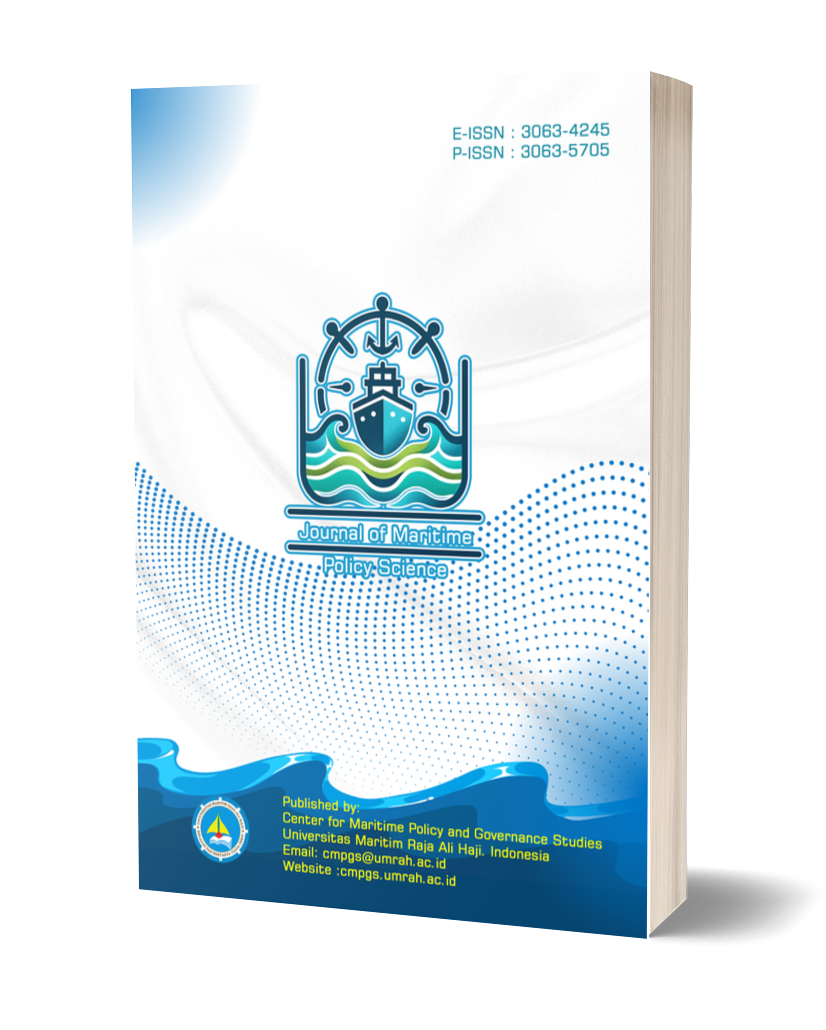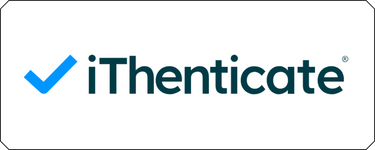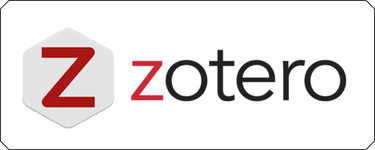Maritime Paradiplomacy of the 15th-Century Malay Sultanate: An Inspirational Model for Contemporary Archipelagic Regional Autonomy in Indonesia
DOI:
https://doi.org/10.31629/jmps.v2i1.7358Keywords:
Maritime, Paradiplomacy, Melaka Sultanate, Regional AutonomyAbstract
ndonesia, the world’s largest archipelagic state, faces complex maritime governance challenges stemming from a disconnect between its decentralized legal framework and its centralist administrative practices. Despite constitutional provisions allowing regional entities to engage in international cooperation, bureaucratic hurdles undermine the effectiveness of maritime paradiplomacy, particularly in regions such as the Riau Islands and North Maluku. This study aims to address this gap by examining the 15th-century Melaka Sultanate as a historical model of decentralized maritime diplomacy that can inspire modern policy innovations. Utilizing a qualitative historical-comparative method, the research juxtaposes Melaka’s port-based paradiplomatic mechanisms such as the empowered role of syahbandars and strategic diaspora networks with Indonesia’s current regulatory constraints. Primary data were sourced from historical manuscripts including Suma Oriental and Yingya Shenglan, while contemporary policies were analyzed through legal documents and regulatory simulations. The findings reveal that Melaka's distributed sovereignty, pragmatic neutrality, and cultural diplomacy through maritime networks facilitated effective transregional cooperation, in stark contrast to Indonesia's modern procedural stagnation. As a conclusion, the study proposes the revival of localized diplomatic authorities through "Maritime Autonomy Zones," the establishment of port curator councils, and the integration of cultural heritage in international engagement strategies. By recovering indigenous governance models, Indonesia can transform its peripheral maritime regions into vibrant centers of diplomatic and economic agency. This research not only bridges historiographical, legal, and policy domains but also offers a feasible pathway for strengthening Indonesia’s maritime sovereignty through culturally resonant decentralization.
Downloads
References
Arifin, S. (2018). Diplomasi maritim Indonesia: Tantangan dan peluang bagi daerah kepulauan. Jurnal Ilmiah Hubungan Internasional, 14(2), 151–165. https://doi.org/10.26593/jihi.v14i2.2870.151-165
Bevir, M. (2000). The logic of the history of ideas. Cambridge University Press.
Bowring, P. (2022). Nusantaria: Sejarah Asia Tenggara Maritim (Edisi Bahasa Indonesia). Kepustakaan Populer Gramedia.
Brislin, R. W. (1970). Back-translation for cross-cultural research. Journal of Cross-Cultural Psychology, 1(3), 185–216.
Cornago, N. (2010). On the normalization of sub-state diplomacy. The Hague Journal of Diplomacy, 5(1–2), 11–36. https://doi.org/10.1163/187119110X12574289877336
Creswell, J. W. (2014). Research design: Qualitative, quantitative, and mixed methods approaches (4th ed.). Sage.
Derrida, J. (1976). Of grammatology (G. C. Spivak, Trans.). Johns Hopkins University Press.
Fereday, J., & Muir-Cochrane, E. (2006). Demonstrating rigor using thematic analysis. International Journal of Qualitative Methods, 5(1), 80–92.
Fitri, A. (2020). Otonomi khusus bagi daerah kepulauan: Urgensi dan tantangan. Jurnal Bina Praja, 12(1), 17–28. https://doi.org/10.21787/jbp.12.2020.17-28
Flyvbjerg, B. (2006). Five misunderstandings about case-study research. Qualitative Inquiry, 12(2), 219–245.
Foucault, M. (1972). The archaeology of knowledge. Pantheon Books.
Gadamer, H.-G. (2004). Truth and method (J. Weinsheimer & D. G. Marshall, Trans.; 2nd rev. ed.). Continuum.
Hall, D. G. E. (1981). A history of South-East Asia (4th ed.). Macmillan.
Kuznetsov, A. S. (2015). Theory and practice of paradiplomacy: Subnational governments in international affairs. Routledge.
Lecours, A. (2008). Paradiplomacy: Reflections on the foreign policy and international relations of regions. International Negotiation, 13(1), 91–114. https://doi.org/10.1163/157180608X3200301
Linstone, H. A., & Turoff, M. (Eds.). (2002). The Delphi method: Techniques and applications. Addison-Wesley.
Ma Huan. (1970). Ying-yai sheng-lan: The overall survey of the ocean's shores (J. V. G. Mills, Trans.). Hakluyt Society. (Original work published 1433)
Patton, M. Q. (2015). Qualitative research & evaluation methods (4th ed.). Sage.
Peraturan Presiden Republik Indonesia Nomor 18 Tahun 2021 tentang Kerja Sama Daerah. (2021). Lembaran Negara Republik Indonesia Tahun 2021 Nomor 48. https://peraturan.bpk.go.id/Home/Details/153812/perpres-no-18-tahun-2021
Pires, T. (1944). The suma oriental of Tomé Pires (A. Cortesão, Trans.). Hakluyt Society. (Original work published 1515)
Reid, A. (1993). Southeast Asia in the age of commerce 1450–1680: Vol. 2. Expansion and crisis. Yale University Press.
Rose, R. (1991). What is lesson-drawing? Journal of Public Policy, 11(1), 3–30.
Undang-Undang Republik Indonesia Nomor 23 Tahun 2014 tentang Pemerintahan Daerah. (2014). Lembaran Negara Republik Indonesia Tahun 2014 Nomor 244. https://peraturan.bpk.go.id/Home/Details/38696/uu-no-23-tahun-2014
Undang-Undang Republik Indonesia Nomor 43 Tahun 2009 tentang Kearsipan. (2009). Lembaran Negara Republik Indonesia Tahun 2009 Nomor 152.
Widodo, S. (2015). Maritime cultural heritage and regional autonomy: Reviving local wisdom for sustainable coastal management in Indonesia. Journal of Maritime Studies and National Integration, 3(1), 1–10. https://doi.org/10.14710/jmsni.v3i1.6671
Wolters, O. W. (1999). History, culture, and region in Southeast Asian perspectives. Institute of Southeast Asian Studies.
Yin, R. K. (2018). Case study research and applications: Design and methods (6th ed.). Sage.
Downloads
Published
Issue
Section
License
Copyright (c) 2025 Bagus Subagja, Sariyatun Sariyatun, Deny Tri Ardianto (Author)

This work is licensed under a Creative Commons Attribution-ShareAlike 4.0 International License.
You are free to:
- Share — copy and redistribute the material in any medium or format for any purpose, even commercially.
- Adapt — remix, transform, and build upon the material for any purpose, even commercially.
- The licensor cannot revoke these freedoms as long as you follow the license terms.
Under the following terms:
- Attribution — You must give appropriate credit, provide a link to the license, and indicate if changes were made . You may do so in any reasonable manner, but not in any way that suggests the licensor endorses you or your use.
- ShareAlike — If you remix, transform, or build upon the material, you must distribute your contributions under the same license as the original.
- No additional restrictions — You may not apply legal terms or technological measures that legally restrict others from doing anything the license permits.













